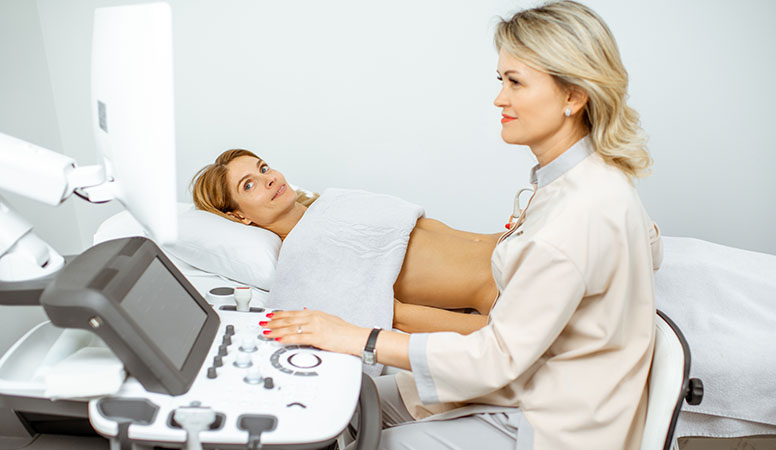The Importance of Womens Physiotherapy
Women’s health is an important topic of discussion and one that is not discussed enough. Physiotherapy is a treatment option that has been proven to help women in all stages of life. From adolescent girls, to pregnant women and post-menopausal women, physiotherapy has many benefits. The benefits of women’s physiotherapy are clear: it can help alleviate pain and improve overall health status in a number of ways

Physiotherapy can help women improve their muscle strength and flexibility, as well as posture and balance. This type of therapy can also help women manage chronic pain and improve their overall quality of life. Physiotherapy is especially beneficial for pregnant women and can help alleviate back pain, hip pain, and pelvic pain. It can also help women build the strength they need to carry a baby to term.
The benefits of physiotherapy aren’t just limited to pregnant women. Physiotherapy can help adolescent girls dealing with puberty-related issues, such as scoliosis and joint pains. It can also help older women with joint stiffness and arthritis. Physiotherapy can help improve women’s mobility and quality of life as they age.
Physiotherapy can also help women in the area of sports. Women can use physiotherapy to help improve their performance and prevent injuries. Physiotherapy can help women increase their range of motion, flexibility, and overall strength. This can give them an advantage in any sport.
In conclusion, physiotherapy is an important treatment option for women of all ages. It can help women improve their mobility, strength, and overall quality of life. It can also help women prevent and manage chronic pain, as well as improve their performance in sports. Women should consider physiotherapy as an option for their health and well-being.